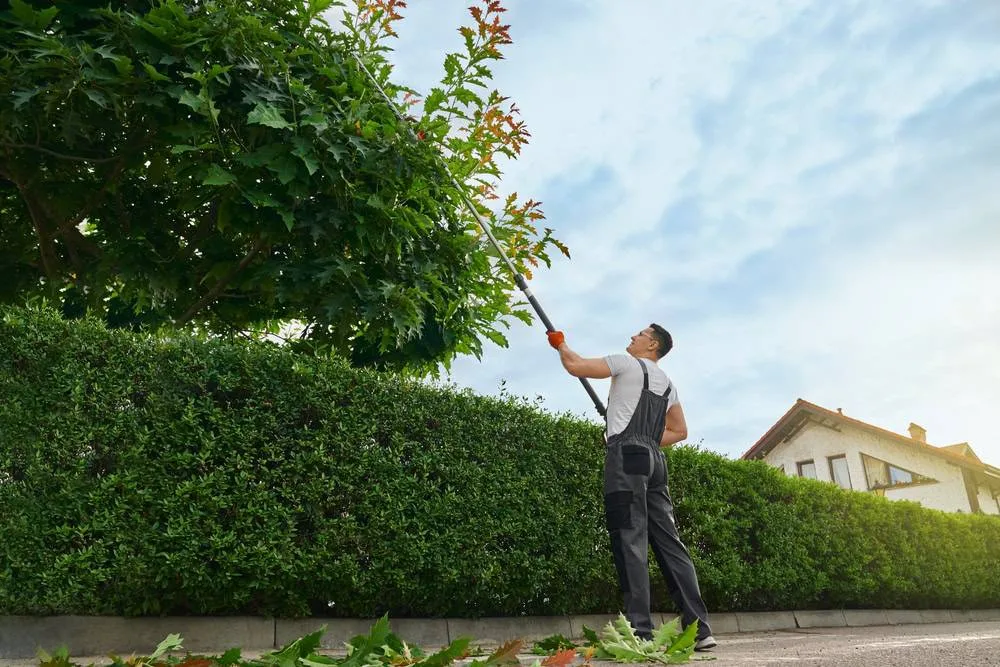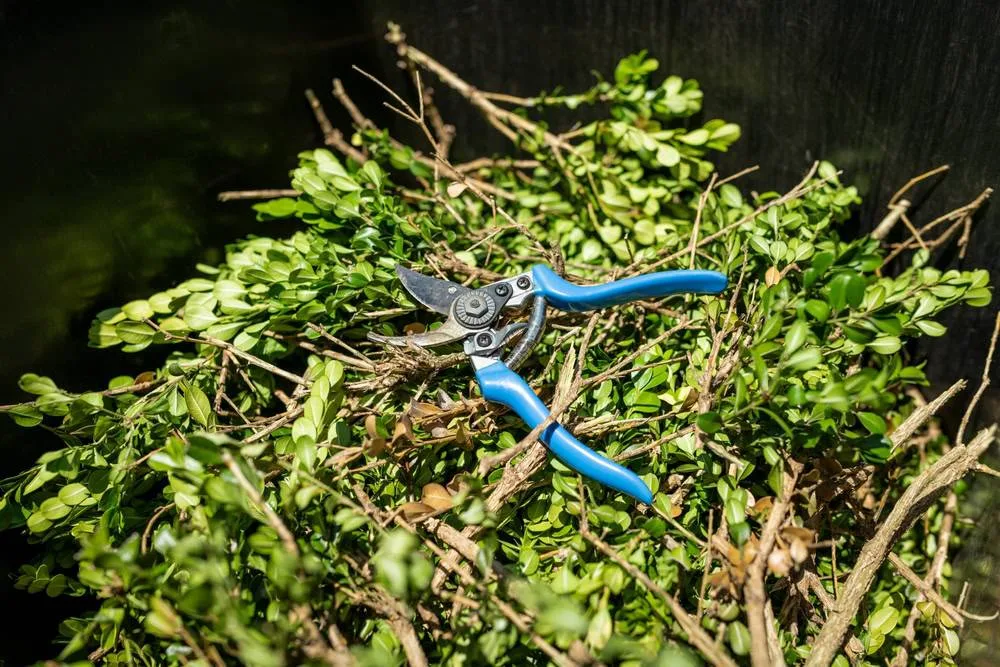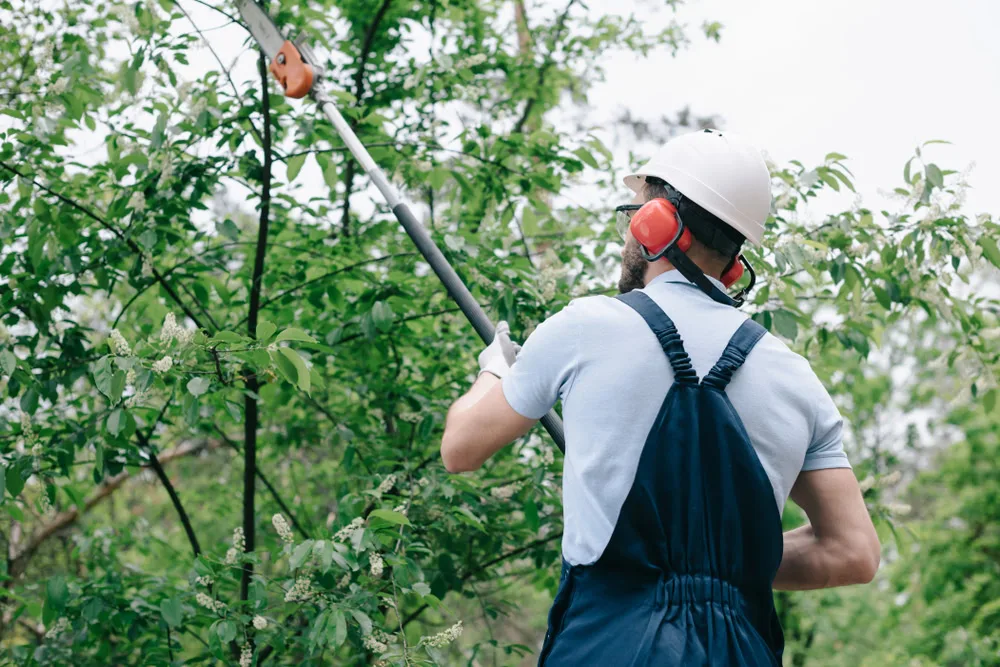Tree Trimming in Glenwood Landing, NY
Safe, Professional Tree Care You Can Trust
Licensed arborists protecting your property with expert tree trimming and complete cleanup guaranteed.

Hear from Our Customers

Professional Tree Care Services
Your trees get the professional attention they need to thrive. Proper trimming removes dead branches before they become hazards, opens up canopies for better air circulation, and shapes growth for long-term health.
You’ll see immediate improvements in your property’s appearance. Well-maintained trees enhance curb appeal and can increase property values by up to 15%. More importantly, you’ll have peace of mind knowing potential storm damage risks have been addressed.
The difference shows in how your trees respond. Professional pruning encourages healthy new growth, reduces disease susceptibility, and extends tree lifespan. Your landscape investment stays protected for years to come.
Glenwood Landing Tree Experts
We’ve been serving Glenwood Landing and surrounding Long Island communities for years. Our team understands the unique challenges local trees face, from coastal salt exposure to severe weather patterns.
Every crew member is trained in proper tree care techniques and safety protocols. We maintain full licensing and comprehensive insurance coverage, giving you protection other fly-by-night services can’t offer.
You’re working with professionals who live and work in the community. We’ve built our reputation on quality work and honest pricing, one satisfied neighbor at a time.

Tree Trimming Process
The process starts with a thorough assessment of your trees and property. Our arborist identifies which branches need removal, explains the work plan, and provides a detailed written estimate with no hidden fees.
On service day, our crew arrives with professional equipment and safety gear. We protect your landscaping with tarps, make precise cuts using proper techniques, and work systematically to avoid property damage.
Cleanup is included in every job. All branches, leaves, and debris get removed from your property. You’re left with healthier trees and a clean yard, ready to enjoy the improved results immediately.

Ready to get started?
Complete Tree Maintenance Solutions
Our tree trimming includes crown thinning, deadwood removal, and structural pruning based on each tree’s specific needs. We address safety concerns while promoting healthy growth patterns.
Emergency tree service is available for storm-damaged or hazardous trees that pose immediate risks. We respond quickly to assess situations and provide safe removal of dangerous branches.
Every job includes complete debris removal and site cleanup. You don’t deal with piles of branches or scattered leaves. The property is left clean and ready for you to enjoy your improved landscape.
